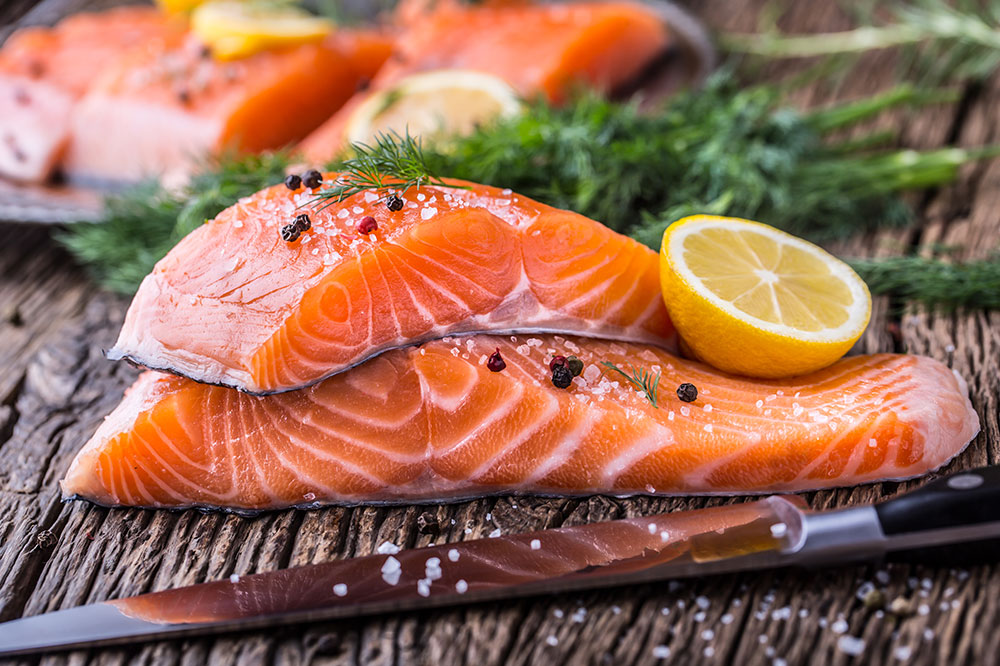
Diabetes- Its types, symptoms, causes, and management
The food we eat is broken down into glucose. When the blood sugar level rises, the pancreas converts it into insulin for energy. In those with diabetes, the body does not produce enough insulin, or the cells stop responding to it. Diabetes patients need to know all aspects of this condition to manage it. This article focuses on the types, causes, signs, management of diabetes, and foods that should be eaten and avoided.
Types
There are three types of diabetes: type 1, type 2, and gestational diabetes. Type 1 occurs when the body accidentally attacks itself and stops producing insulin. It is called an autoimmune reaction. This type is usually diagnosed in children, adolescents, and young adults. In type 2 diabetes, the body uses insulin to keep blood sugar levels normal. It is diagnosed in both adults and children. This type can be prevented by eating healthy foods, making changes in lifestyle, and doing exercise. Gestational diabetes occurs in pregnant women. It may disappear when the baby is born, but children are at an increased risk of developing type 2 diabetes when they grow up.
Symptoms
Early symptoms might show up as increased hunger, thirst, and urination followed by exhaustion, obscured vision, and heaviness in the hands and feet. One might notice wounds that don’t heal or unexplained weight reduction. The beginning of type 1 diabetes is unexpected and surprisingly fast. Type 2 diabetes progresses gradually for a long while. The symptoms and signs might be minor to the point that you may not see them until the condition worsens. Numerous patients with type 2 diabetes have no symptoms.
Causes
As per studies, the reasons for type 1 diabetes could be one’s genes, lifestyle habits, and environmental factors. Type 2 diabetes can be diagnosed in those who eat a lot of processed foods, lead a sedentary lifestyle, and have a lot of visceral fat. Certain genes can also make one more likely to have diabetes. It is common in African Americans, Alaska locals, American Indians, Asian Americans, Hispanics, Latinos, Native Hawaiians, and Pacific Islanders. Gestational diabetes happens because of hormonal changes alongside hereditary and lifestyle factors. Being inactive during pregnancy can cause diabetes.
Remedies and treatment
One of the first things a doctor might advise a diabetes patient is to practice good eating habits. It is recommended to eat small portion size meals and fewer calories with servings of low-fat dairy, fish, and lean meat. It is essential to eat whole grains and avoid desserts. Patients might be told to see a nutritionist who can help them plan their meals with the right foods. Patients are recommended to stay in shape and do exercises like aerobics and resistance training. It is essential to maintain healthy body weight. A healthcare provider might give prescriptions to manage the condition. In the event that glucose targets are not met by lifestyle changes, doctors might recommend insulin treatment. Surgical procedures to reduce body fat percentage for grown-ups may also be suggested.
Foods to eat
Eat whole grains like buckwheat, quinoa, millet, and rye as they have a lower glycemic record (GI). The fiber content helps in digestion which keeps glucose levels in control. Fatty fish like salmon, sardines, herring, anchovies, and mackerel contain omega-3 unsaturated fats and protein, which causes one to feel more full. Eggs have a high content of nutrition and help in developing insulin responsiveness. Eat low-fat yogurt as it is rich in probiotics. A nutritionist might propose consuming chia seeds for their low carbs and high fiber content. Incorporate fruits, vegetables, and lean protein in your meals too.
Foods to avoid
It is recommended for diabetes patients not to drink cola, fruit juice, sweetened ice tea, or lemonade, as they contain an unreasonably high measure of added sugar and carbs. Furthermore, these beverages contain fructose, which can increase insulin resistance, midsection fat, and undesirable metabolic changes. Processed foods like white bread, rice, and pasta contain a lot of carbs and very little fiber, which again triggers an increase in insulin. It is vital to limit the consumption of full-fat dairy items like frozen yogurt, cream cheddar, and cheese. High-fat meats, such as ground beef, bologna, hot dogs, sausage, bacon, and ribs, should also be avoided.




